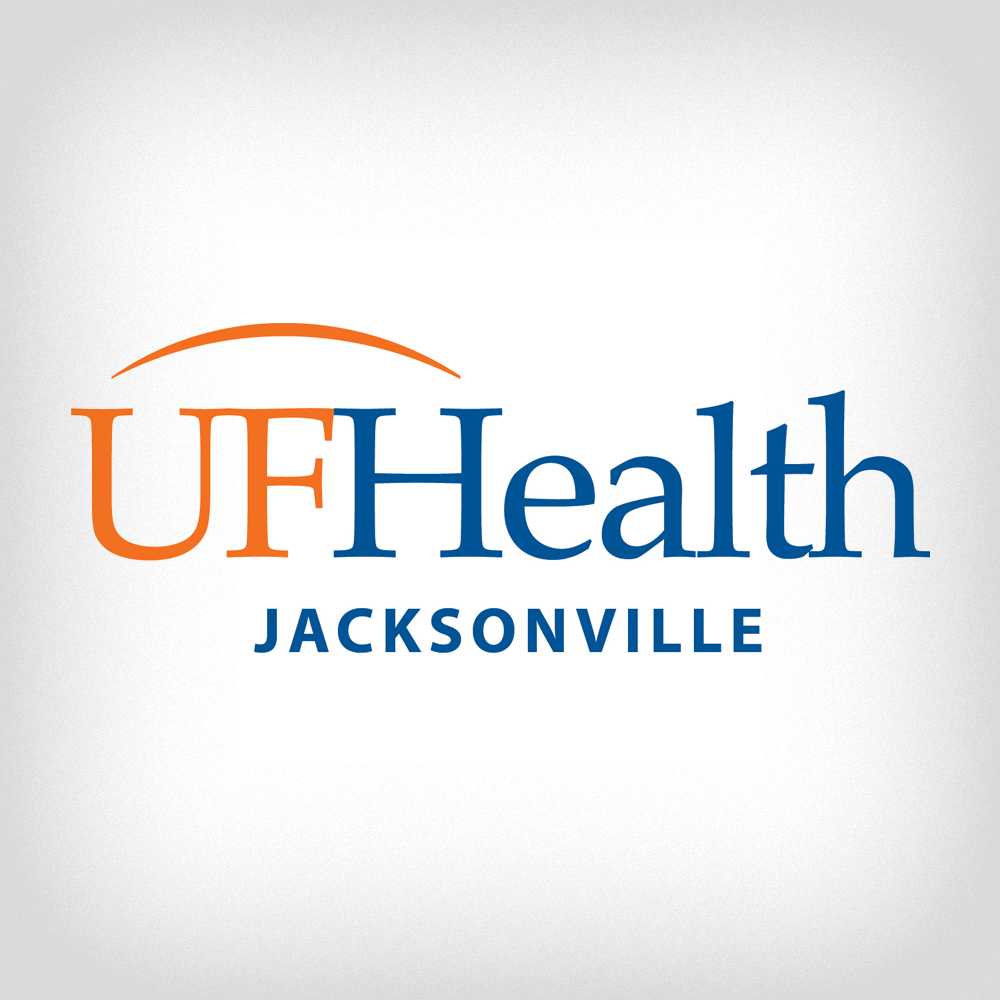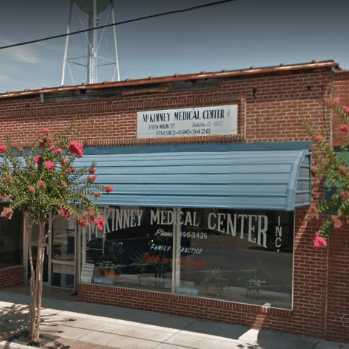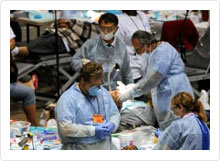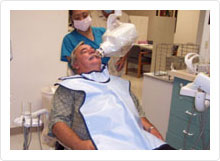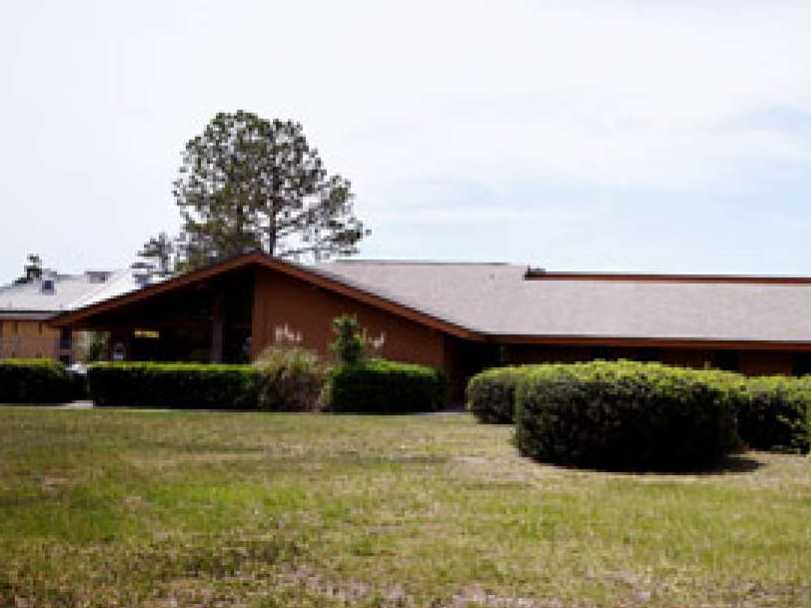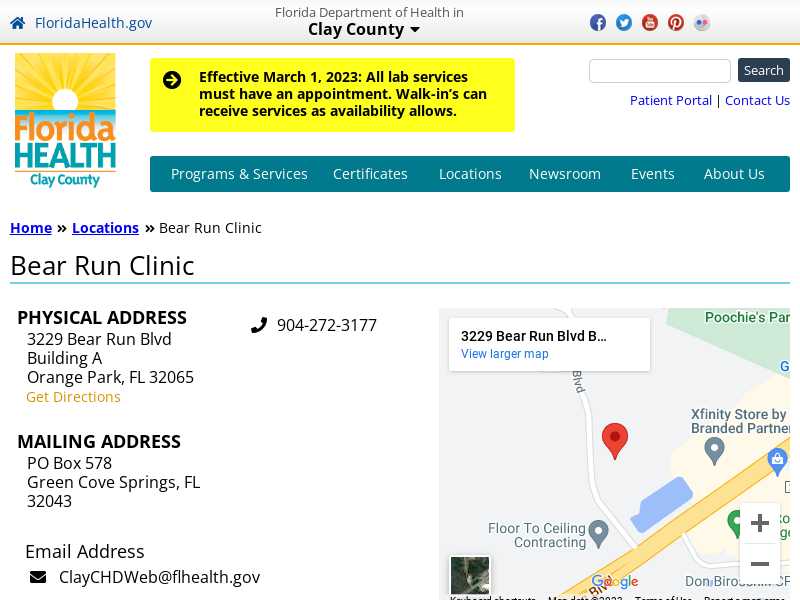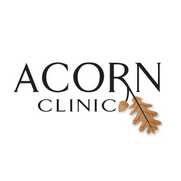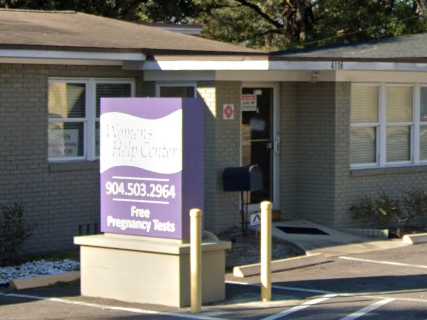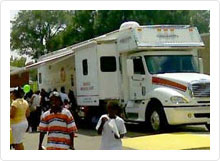About Baker County Health Department Macclenny
This clinic operates under a SLIDING SCALE model.This means that it MAY NOT be free depending on your income.You will be required to prove financial need in order to receive free services or services at a reduced cost.In order to get more information on this clinic, click on the icons below. You may be required to join for free in order to access full contact information.
General Business Hours: 8:00 am - 5:00 pm
Eligibility, or social service assessments, offer clients a sliding fee scale based on household income. Our counselors can determine your cost of medical care through the health department, and may suggest other services and programs that you may not be aware of.
What do I need to bring?
To determine eligibility, you will need to bring the following documents to your interview:
IDENTIFICATION - Driver's License or other picture identification for applicant, spouse, and minor children.
PROOF OF RESIDENCY - Current utility bill (water, phone, electric) or lease/rent paperwork (receipt/agreement).
PROOF OF INCOME - Current statement for bank accounts (checking, savings, stocks, bonds, certificate of deposit)
Last four (4) pay stubs, or
Letter from employer on company letterhead stating hourly wage and number of hours worked.
Award letter from Social Security (if applicable)
Proof of child support (if you receive this income)
If you are self employed, you will need your latest income tax return showing profit and loss OR a record of profit and expenses.
SERVICES OFFERED AT THIS LOCATION
Clinical and Nutrition Services
Wellness Services
Healthy Start
HIV/AIDS
STDs
Tuberculosis
Immunizations
Community Health Planning and Statistics
Epidemiology
School Health
Clinic Services are provided on a sliding fee scale basis, and immunizations are FREE through age 18, and then based on the cost of the vaccine for adults. Clinic fees are based on income and family size at the initial Social Service Assessment and updated at least annually. We accept most Medicaid plans and for those who are uninsured or prefer to pay out-of-pocket, we accept cash, check, Visa and MasterCard.
There are a multitude of clinical-based programs and ancillary services currently under operation through the Department of Health in Baker County which are funded by federal, state, county and grant generated revenues.
The Health Department is dedicated to protecting the health and well-being of Baker County citizens and visitors. Services include:
Woman's Health
Women's Annual Exams
Clinical Breast Exams and Screenings
Birth Control
Hormone Replacement Therapy and Management
Osteoporosis Screening
Family Health
Adult Immunizations
Physicals
Diabetes Program
Epilepsy Program
Primary Care
Drug Assistance Program (DAP)
AIDS Drug Assistance Program (ADAP)
Chronic Disease Treatment and Management, including High Blood Pressure and Cardiovascular Disease
Communicable Diseases- surveillance, treatment and management
Pediatrics
Well Child
Sick Child
Immunizations
Sports Physicals
Children's Medical Services -Provider for children with special needs
Call or stop by for a financial consultation to determine which program meets your needs. We strive to find a way to meet your health care needs.
Since this is a sliding fee scale clinic, we have provided the Federal Poverty Guidelines below. Visit the Baker County Health Department Macclenny website listed above to see what the level is needed for free care.
Federal Poverty Guidelines for 2023
| Persons In Family Household | Poverty Guideline Salary per year |
|---|
| 1 | $14,580 |
| 2 | $19,720 |
| 3 | $24,860 |
| 4 | $30,000 |
| 5 | $35,140 |
| 6 | $40,280 |
| 7 | $45,420 |
| 8 | $50,560 |
For Households with more than 8 persons, add $4,480 for each additional person.
*Alaska and Hawaii have different rates for HUD federal poverty guidelines.
These numbers above represent 100% of the Federal Poverty Rate. In order to get reduced or free services from some clinics, they use a sliding fee scale based on your income.When they use a sliding fee scale, the 100% rate can be different than 100%. In those cases, using for example a 200% federal poverty level, you will only need double the 100% number listed above to 200%.


